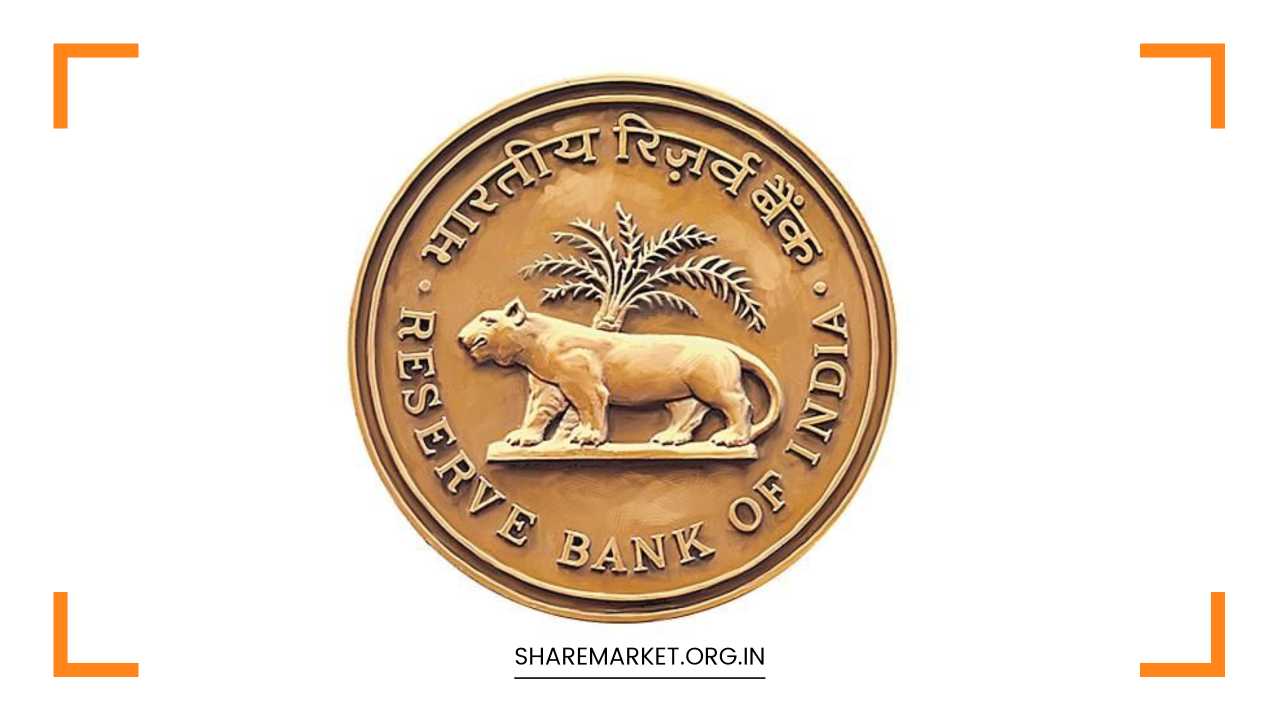RBI Tightens Loan Rules: Public Bank Stocks Like SBI, PNB, Canara Plunge

RBI
Public Sector Banks Brace for Impact as RBI Tightens Infrastructure Loan Norms: A Deeper Dive
The recent stock market plunge witnessed by major public sector banks (PSBs) in India, with some experiencing falls of up to 6%, signifies a significant shift in the risk landscape for infrastructure financing.
This turmoil stems from the Reserve Bank of India’s (RBI) proposed stricter lending norms for infrastructure projects, aiming to enhance risk management and project monitoring.
Unveiling the New Regulatory Landscape:
The RBI’s draft guidelines outline a more stringent approach to infrastructure project financing, characterized by the following key points:
- Project Categorization: Projects will be classified based on their development stage, with stricter requirements imposed at each level. This ensures a more nuanced assessment of risk based on the project’s current phase.
- Enhanced Provisioning: During the construction phase, banks will be mandated to set aside a significantly higher provision of up to 5% of the loan amount, even for standard category projects. This represents a substantial increase from the current provision of only 0.4%. This substantial increase aims to mitigate potential losses in case of project delays or defaults.
- Phased Reduction in Provisions: Once a project reaches operational status, the provisioning requirement can be reduced to 2.5% of the outstanding loan amount. Further reduction to 1% is possible if specific conditions are met. These conditions include a robust financial performance, demonstrated by positive net operating cash flow sufficient to meet current repayment obligations and a significant reduction in the project’s long-term debt. This incentivizes project developers to prioritize financial viability and debt management.
- Applicability to Non-Bank Lenders: These guidelines extend beyond traditional banks, encompassing non-bank lenders involved in infrastructure financing. This ensures a comprehensive approach to risk management across the entire lending landscape.
Ripple Effects Across the Financial Sector:
The impact of these stricter regulations was not limited to PSBs like SBI, PNB, Canara Bank, Union Bank, Bank of Baroda, and Bank of India. NBFCs like PFC, REC, and IREDA, which play a crucial role in infrastructure financing, also witnessed a decline in their share prices.
While IIFL Securities predicts minimal impact on the return on equity of these NBFCs, their Tier-1 capital ratios are expected to witness a significant decrease of 200-300 basis points.
Additionally, their valuation multiples could potentially face downward pressure. This highlights the potential strain on the capital adequacy of these lenders due to the increased provisioning requirements.
Potential Implications and the Road Ahead:
The RBI’s stricter lending norms are likely to have a multi-pronged effect on the infrastructure financing landscape:
- Reduced Risk Exposure: Enhanced provisioning requirements aim to mitigate potential losses for lenders in case of project delays or defaults. This fosters a more cautious and risk-averse approach to infrastructure lending.
- Improved Project Monitoring: Stringent monitoring regulations can lead to better oversight and timely identification of potential issues in ongoing infrastructure projects. This can contribute to improved project execution and reduced risk of delays or cost overruns.
- Potential Impact on Infrastructure Development: The stricter lending environment could potentially lead to a slowdown in infrastructure project financing, impacting the overall pace of development in this crucial sector. This necessitates a delicate balance between safeguarding financial institutions and ensuring continued infrastructure growth.
Navigating the New Landscape:
Public and private lenders alike will need to adapt their strategies to navigate the new regulatory environment. This may involve:
- Enhanced Due Diligence: More rigorous project appraisal and risk assessment will be crucial to ensure projects meet the stricter lending criteria.
- Focus on Financial Viability: Project developers will need to prioritize financial sustainability and demonstrate strong cash flow generation capacity to secure funding.
- Strategic Partnerships: Collaboration between lenders and developers can be instrumental in mitigating risk and ensuring project success.
The long-term consequences of these new regulations remain to be seen. However, it is evident that they have triggered a significant shift in the risk landscape for infrastructure financing in India.
While these stricter norms may pose challenges in the short term, they have the potential to foster a more robust and sustainable infrastructure financing ecosystem in the long run.


















The recent tightening of loan rules by RBI has certainly sent shockwaves through the market, especially impacting public bank stocks like SBI, PNB, and Canara. It’ll be intriguing to see how these institutions navigate through these challenging times.